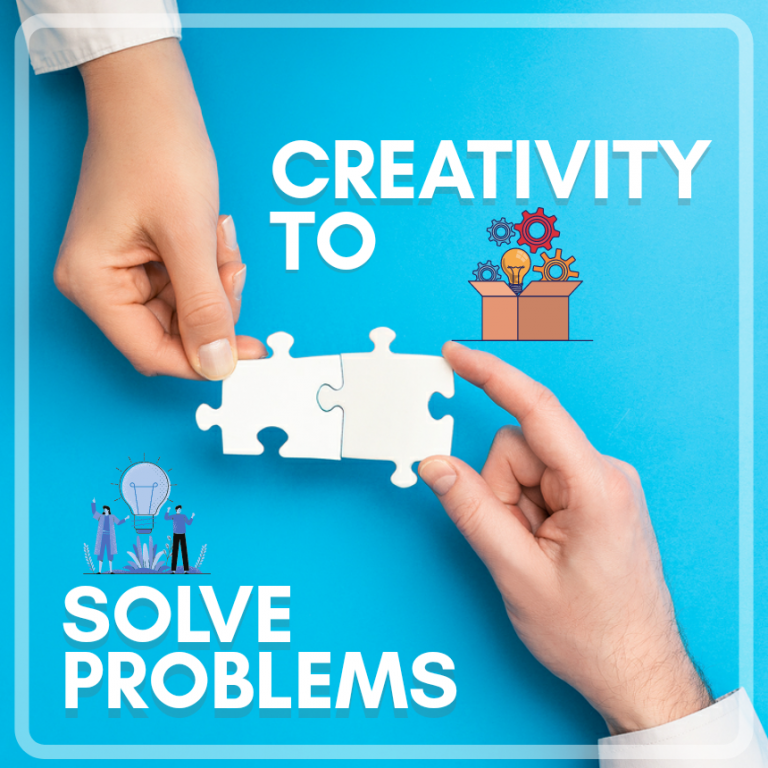
Hello there!
In this article, we will be looking into how to build creative confidence, using your customer journey map. We will be learning on the best ways of empathizing with your customers, employees and other users to serve them in the best manner possible. One of the best ways to develop more empathy with your customers is to gain new insights about your customers. This is great to look beyond the narrow definition of your offering and consider the customer’s total experience. The more broadly you define the customer experience, the more opportunities you can identify for improvement through design.
You could focus narrowly on the characteristics of the product itself so that you could focus on many more opportunities for innovation especially due to the customer experience. It could be as simple as repainting a bedroom, there are probably a dozen steps it’s time to repaint, to help them choose the color. You can shorten the preparation and clean up time, to keeping track of which colors are on which walls for future reference when it comes time for a touch-up.
Related: Why Should Anyone Be Led by You?
A customer journey will help you think of steps that can step your customers that are external or internal. You will interact with your product or service, to get maps to synthesize what exactly you hope to achieve interviews. Let us look into the major steps that go into understanding all the major processes involved in the process:
Step 1: Choosing a process or journey that will help you define your customer journey map.
Step 2: Write down the steps and make sure you include even the small steps that may seem trivial to you. The goal should be to get you to consider the nuances of the experiences, which you may normally overlook.
Step 3: You must strive to organize the steps into a map and we need the steps sequentially in a timeline. Your map should also include branches in showing alternative paths in the customer journey. You could also end up using a series of pictures to understand whatever method fits your data.
Related: Why Should Anyone Be Led by You?
Step 4: You should also always be on the lookout for insights to understand exactly where patterns emerge. Always be on the lookout for anything that looks strange or surprising to you. There are also countless questions that occur, what order they occur in and many more questions. Always ask yourself how you would innovate each step.
Step 5: The final step in the process involves, showing the map to people who are familiar with the journey and asking them exactly what you’ve overlooked or have been getting out of the sequence.
Related: Reclaim Your Creative Confidence today!
As you layout, every step, ask yourself how you might cost-effectively innovate and turn the ordinary experience into something extraordinary. Because emergency healthcare is often high-anxiety, we’ve discovered that patients are calmer if you spell out the journey ahead. We sometimes call that “journeying” the journey—taking an amorphous or scary process and breaking it down into tangible, predictable steps. We’ve found “journeying” helps people not only in the emergency room, but in any number of healthcare situations: taking your newborn home from the hospital, going in for surgery, or beginning a new treatment regimen.
Conclusion:
In conclusion, these are the various ways you can successfully build your creative confidence with the help of a customer journey map. We hope you found this article informative in understanding how your creative confidence will successfully grow by identifying and creating a successful customer journey map. Understand all the different aspects of your customer’s buying process, as this will help you become successful.
Thanks for reading!
Related: The Customer Is Always Right’ Is Wrong! 5 reasons WHY?



Johanna Somorai
4 years ago